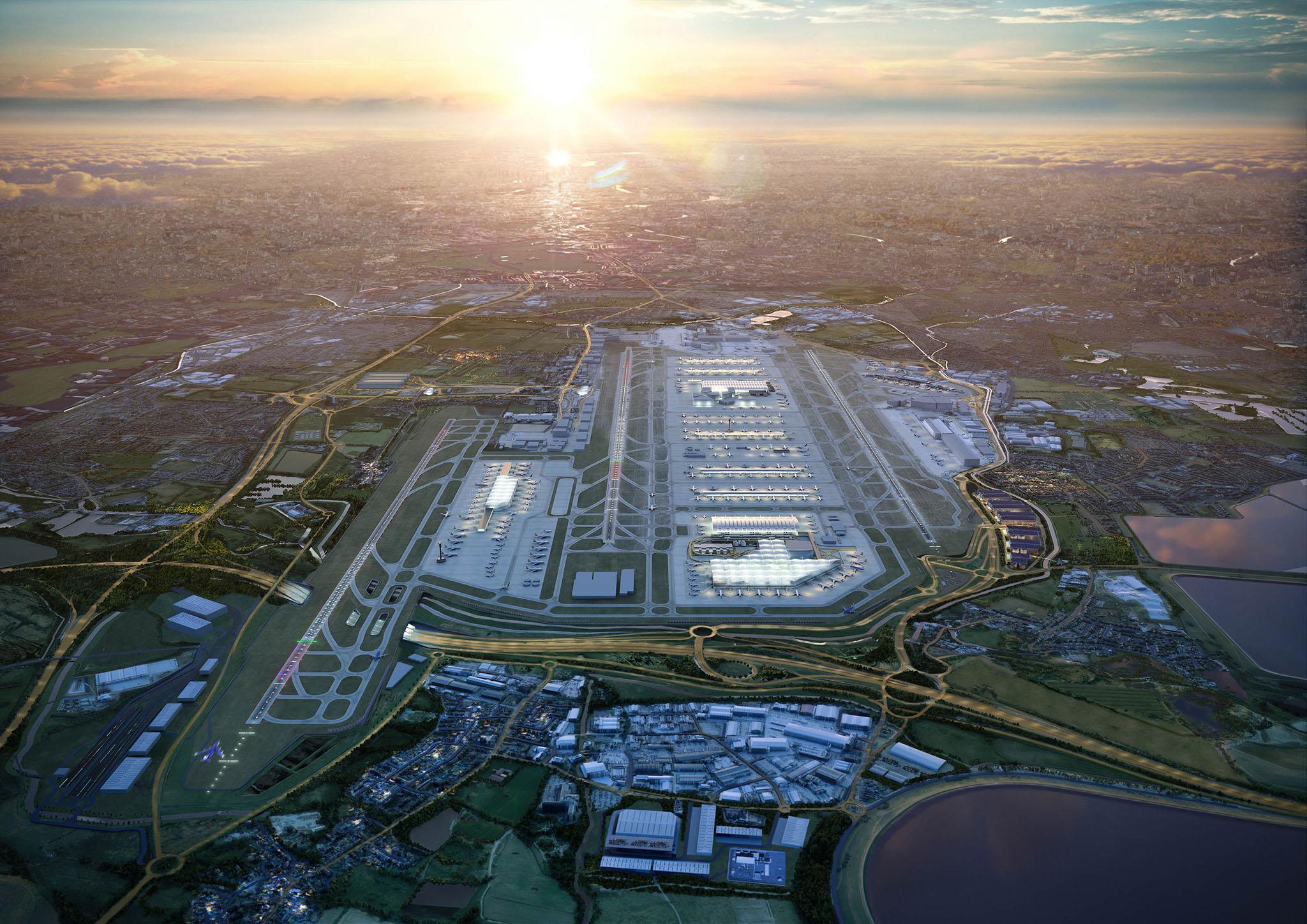Can Heathrow airport expansion ever be sustainable?
Even without the planned third runway, the airport is the UK’s largest single source of emissions, says Phoebe Weston


The expansion of Heathrow is an emblematic issue in the battle to stop climate breakdown. Less than a week after the UK laid landmark legislation to reach net zero greenhouse gas emissions by 2050, the country’s largest airport (also the largest single source of UK emissions) unveiled its plans for a third runway.
“This whole absurd situation would almost be funny if we weren’t facing a climate emergency,” said John Sauven, executive director of Greenpeace UK.
The £14bn “masterplan” – released in June – includes diverting rivers, rerouting the M25 and building the world’s largest carpark for 50,000 vehicles, despite no more cars needing to use the airport. The number of flights is set to increase from 480,000 per year to 756,000.
Heathrow nevertheless claims that after 2022 there would be no increase in carbon emissions, road traffic, air pollution or noise.
Boris Johnson, who once told local residents in 2015 that he would lie down in front of bulldozers to prevent Heathrow expansion, failed to repeat the pledge during his campaign to become prime minister. In fact, he reportedly told a hustings of Tory MPs that he would no longer oppose a third runway after parliament approved it.
Faith in politicians to deliver net zero (as well as other things) is waning, and to many, this latest “masterplan” was a sign that the government was all bark and no bite when it comes to actually reducing emissions.
According to Leo Murray, of the climate action charity 10:10, the Heathrow plans rely on creative accounting, which goes against advice from the Committee on Climate Change (CCC) – the body that advises the government.
Heathrow has claimed that there will be no increase in emissions because the extra emissions from its promised 50 per cent increase in flights by 2050 will disappear through international offsetting, something the CCC strongly recommends against. This is how the airport could claim expansion did not “materially affect the ability of the government to meet UK carbon reduction targets”, according to Mr Murray’s piece for the New Statesman.
Plans for electric planes are still in their infancy. A key roadblock is that batteries are heavy – jet fuel contains 14 times more usable energy than a top-of-the-range lithium battery. There is currently no alternative to flying people around the world without burning lots of kerosene.
In the UK, the aviation industry is set to continue growing at 4 to 5 per cent annually. Aviation fuel is also kept artificially cheap due to the “Chicago Convention”, which prohibits countries imposing jet fuel tax on international flights. Meanwhile, alternative forms of transport such as trains have become much more expensive, so people usually opt for flying.
Aviation is still growing at airports around the UK – they are set to increase capacity by 59 per cent by 2050. This is more than double the increase accounted for by the CCC report on reaching net zero carbon.
It is simply not possible to fly more and cope with rising carbon emissions in a have-your-cake-and-eat-it, business-as-usual approach.
Join our commenting forum
Join thought-provoking conversations, follow other Independent readers and see their replies
Comments